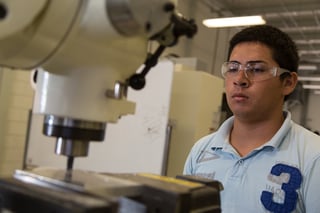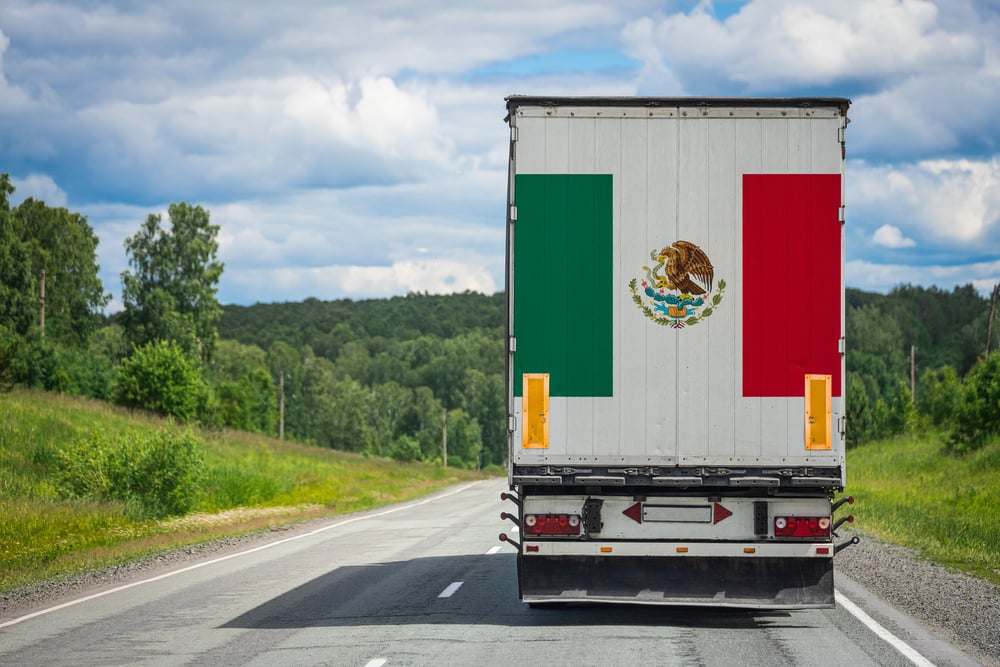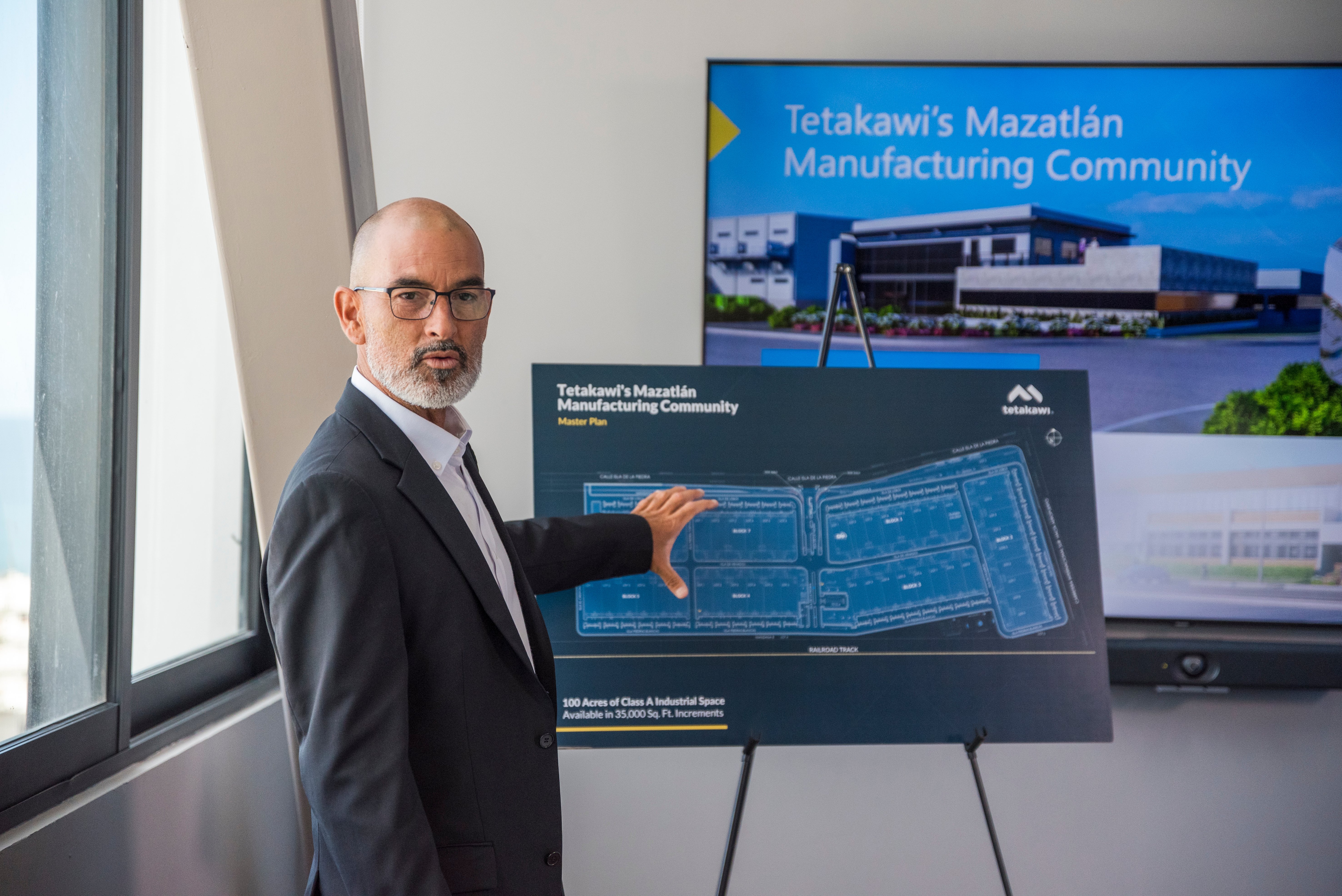To fully benefit from NAFTA, Canadian and US companies that manufacture in Mexico must not only produce a viable product at competitive prices–they also need to operate under the country's customs guidelines. Following these guidelines pushes manufacturers in Mexico to ensure that their suppliers understand and abide by NAFTA regulations in their paperwork.
The NAFTA Rules of Origin maintain that goods covered by the certificate need to originate from North America. To determine whether a finished good is certified under NAFTA regulations, seeking help from a customs expert is necessary. For instance, to begin the determination process, companies must know which harmonized tariff classification they fall under.
Manufacturing operations in Mexico are highly advantageous for companies looking to benefit from NAFTA's trade agreements. These operations must adhere to stringent customs guidelines to ensure compliance and maximize benefits. By understanding and following the NAFTA Rules of Origin, manufacturers can certify that their goods qualify for reduced tariffs and other trade benefits.
Efficient management of these operations includes maintaining proper documentation, understanding harmonized tariff classifications, and collaborating with customs experts to navigate the complex certification process. This ensures that manufacturing operations in Mexico remain competitive and legally compliant, fostering strong trade relationships across North America.
Harmonized Tariff Classification
Revisions to the current Harmonized Tariff Schedule (HTS) of the United States became effective on March 15, 2012. The U.S. International Trade Commission advises checking the Change Record, which lists all major changes since the previous version. Staged rate reductions from trade agreements are not included. Every harmonized tariff number has a specific rule of origin categorized under NAFTA that qualifies a finished good as originating from North America. Published by the U.S. Internal Trade Commission, the HTS provides applicable tariff rates and statistical categories for merchandise entering the States.
NAFTA Rules of Origin
In the recent plans to modernize and renegotiate NAFTA, Mexico has suggested to raise the mandatory 60% of products originating from NAFTA countries. When attempting to obtain a valid certificate of origin, the U.S. customs and border protection uses various ways to qualify goods with a NAFTA certificate of origin.

First, a NAFTA tariff shift rule, usually requires a change in the harmonized tariff classifications of the raw components, compared to the harmonized tariff classification of the finished merchandise. The importer should first examine the Bill of Materials to identify the origin of all items in the manufactured product. If all are “originating,” the goods will qualify under NAFTA stipulations. If other raw materials originate from the partner country, generally there is no issue; however, all non-originating materials must be identified. Once the correct tariff classification of the final manufactured product is located and the applicable tariff shift rule is applied, a tariff classification must be assigned to the non-originating material to be in line with NAFTA regulations.
A second option is a Regional Value Content calculation, or RVC. The value of qualified goods provided by the supplier is determined, then a value is placed on the goods lacking NAFTA certification. Subtracting the difference determines the value of the North American content. Depending on the NAFTA Rule of Origin of a particular industry, a company may need to meet a specified North American content requirement when doing business in Mexico.
A third Rule of Origin basically combines meeting a specific tariff shift rule within the Regional Value Content requirement.
Document Everything
If U.S. Customs decides to audit using NAFTA paperwork, inspections can manifest either as on-site visits or requests for back-up documents via mail or e-mail. Either way, proper documentation is necessary to demonstrate qualification for NAFTA’s benefits when doing business in Mexico.
A failed audit can mean a company may be required to back-pay duties from the past five years, plus interest. And Customs can issue penalties that could be up to two, four or eight times the total amount of underpaid duties.
Connecting with Import Export professionals is the first step towards maintaining all the correct NAFTA paperwork to grow your manufacturing operations in Mexico. Understanding the various classifications and regulations that come with maintaining a legal manufacturing status under NAFTA provides efficient and strong production quality.
Subscribe
Sign up and stay informed with tips, updates, and best practices for manufacturing in Mexico.






